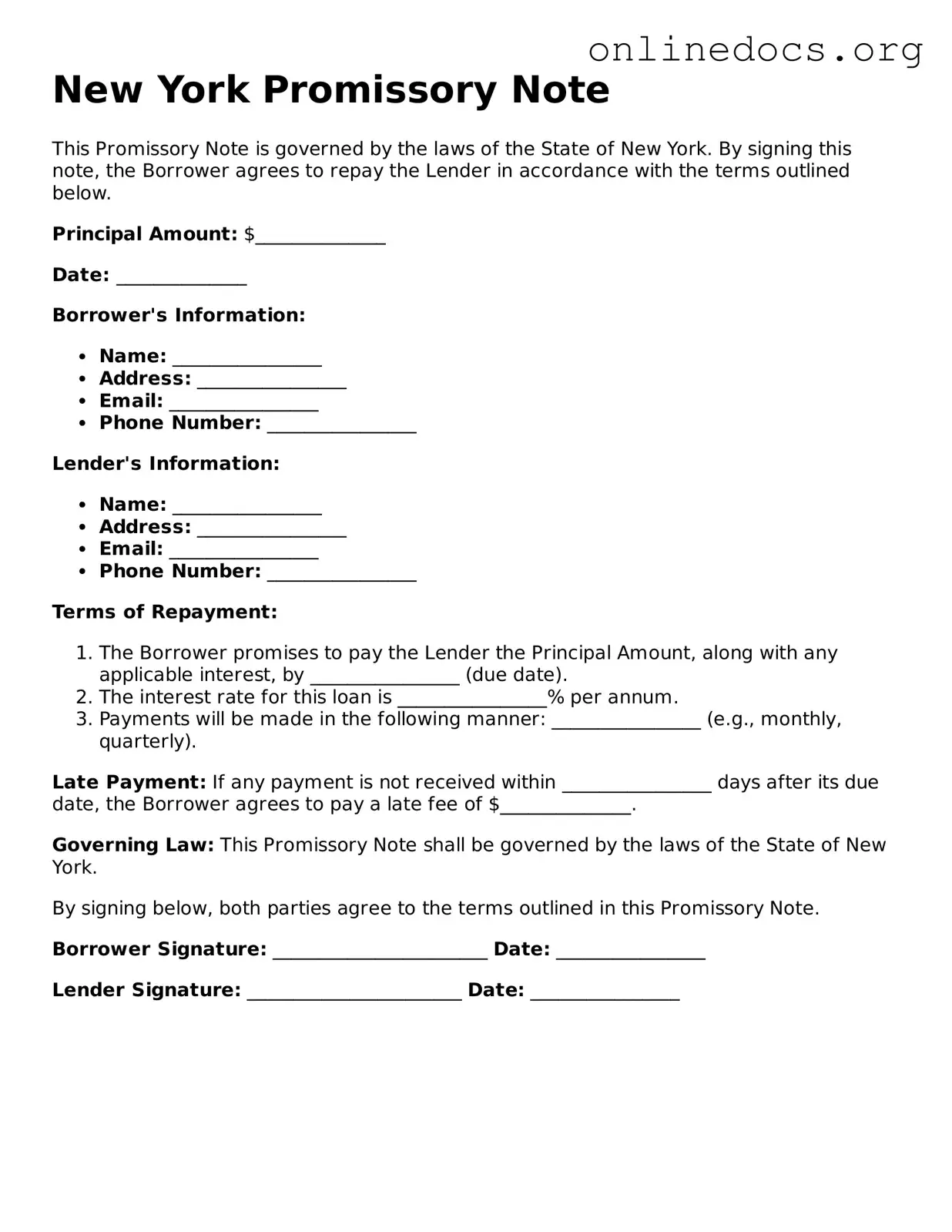A loan agreement is a document that outlines the terms of a loan between a lender and a borrower. Like a promissory note, it specifies the amount borrowed, the interest rate, and the repayment schedule. However, a loan agreement often includes additional clauses regarding default, collateral, and other conditions that may not be present in a standard promissory note. This makes loan agreements more comprehensive, while promissory notes are generally more straightforward.
A mortgage is a type of promissory note that is secured by real property. In this case, the borrower agrees to repay the loan amount while the lender holds a lien on the property. Similar to a promissory note, a mortgage includes terms of repayment and interest rates. However, the key difference lies in the collateral; a mortgage specifically ties the loan to real estate, while a promissory note can be unsecured.
An IOU is a simple acknowledgment of debt. It states that one party owes money to another but lacks the detailed terms found in a promissory note. While both documents signify a debt, an IOU is less formal and does not typically include repayment terms, interest rates, or consequences for non-payment, making it less binding than a promissory note.
A personal guarantee is a document in which an individual agrees to be responsible for the debt of a business or another person. This is similar to a promissory note in that it creates a financial obligation. However, a personal guarantee does not specify repayment terms or conditions; it merely asserts that the individual will cover the debt if the primary borrower defaults.
A business loan agreement is similar to a promissory note but is specifically tailored for business loans. It outlines the loan amount, interest rate, and repayment terms, much like a promissory note. However, it often includes additional provisions that address the business's financial obligations and operational parameters, making it more complex than a standard promissory note.
A lease agreement can resemble a promissory note when it includes a payment schedule for rent. Both documents outline financial obligations, but a lease agreement also covers the use of property, duration of the lease, and responsibilities of both parties. While a promissory note focuses solely on the repayment of a loan, a lease agreement encompasses a broader relationship between landlord and tenant.
Understanding the importance of proper documentation in financial agreements is essential, as it can prevent misunderstandings and legal issues down the line. For those looking to draft their own Last Will and Testament, utilizing resources like legalformspdf.com can provide valuable templates and guidance to ensure that their wishes are respected and upheld.
A settlement agreement is a document that outlines the terms of a resolution between parties, often after a dispute. It may include payment terms similar to a promissory note. However, a settlement agreement typically addresses multiple aspects of a dispute resolution, including confidentiality and liability waivers, making it more comprehensive and complex than a simple promissory note.
A credit agreement is a formal contract between a lender and a borrower that details the terms of a credit facility. Like a promissory note, it includes repayment terms and interest rates. However, credit agreements often involve larger sums and may include various covenants and conditions that govern the borrower's financial behavior, making them more intricate than a standard promissory note.
A demand note is a type of promissory note that requires repayment upon request. It shares similarities with a standard promissory note in that it outlines the amount owed and interest rate. However, the key difference is the immediacy of repayment; a demand note can be called in at any time, while a standard promissory note typically has a set repayment schedule.
